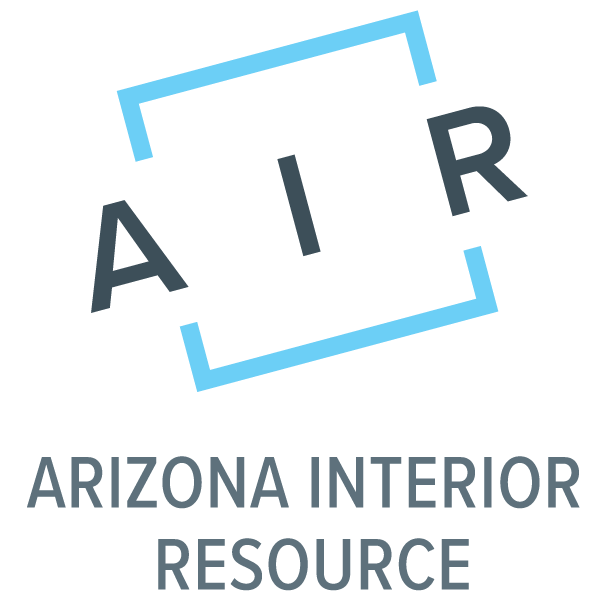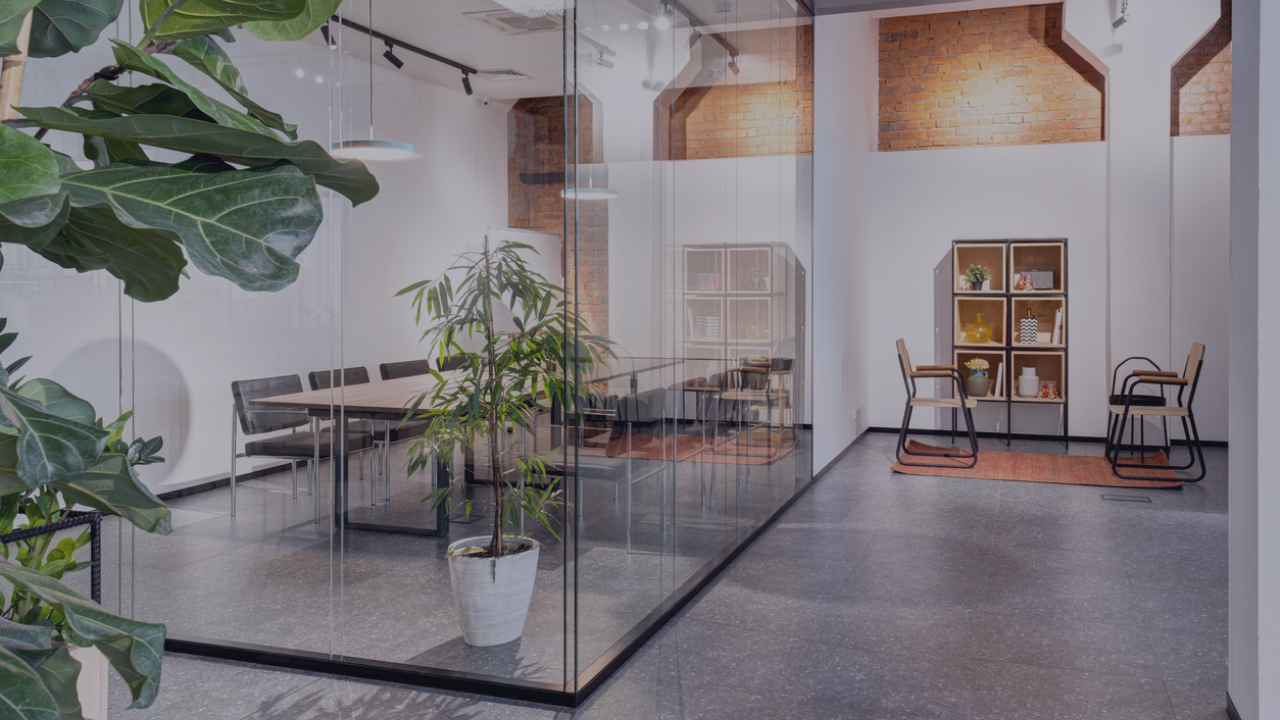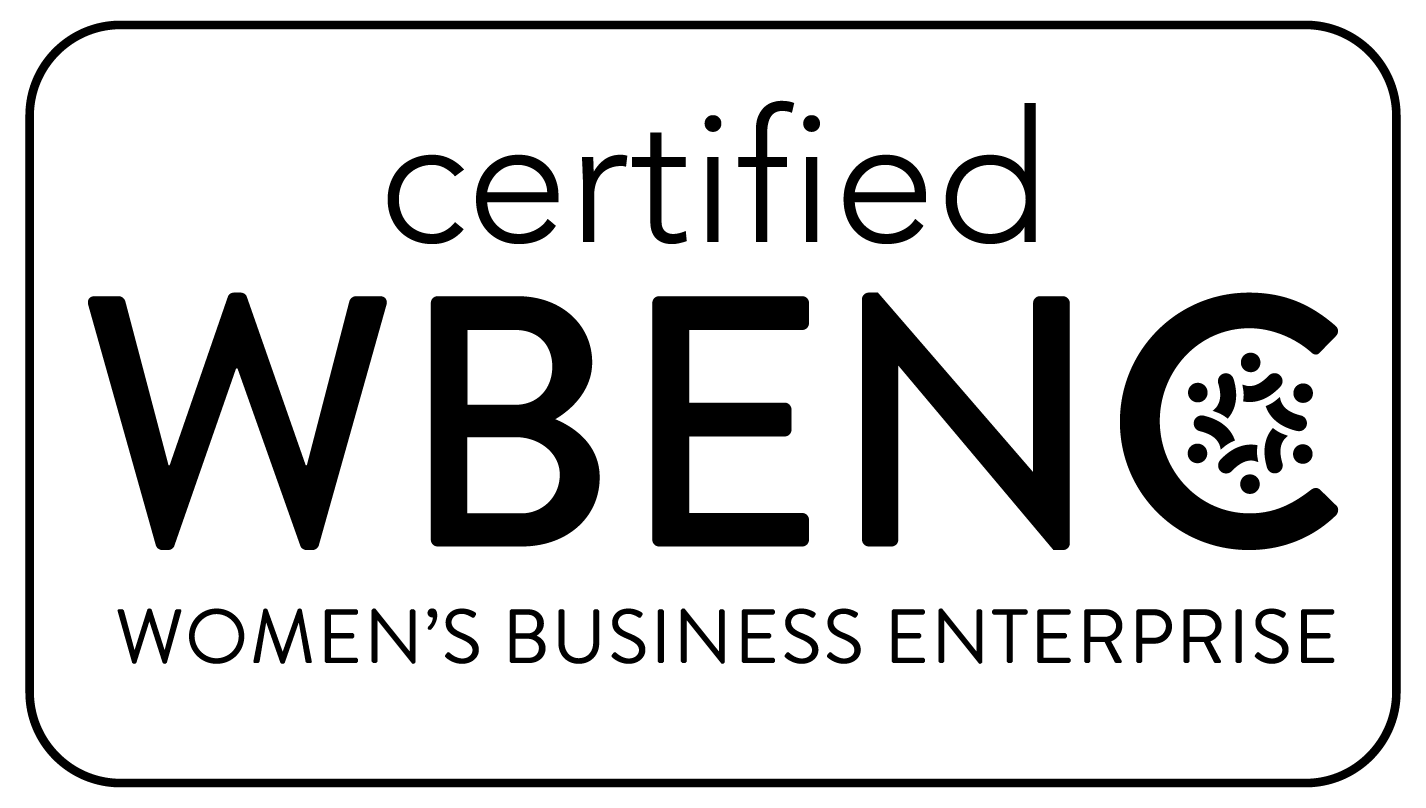How flexible are you as an employer?
Does your work environment reflect flexibility?
In today's rapidly evolving corporate landscape, flexibility and multifunctionality in the workplace have become paramount for businesses to stay competitive and attract and retain talent. Gone are the days of rigid office setups limited to cubicles or fixed furniture. Companies now recognize the importance of creating spaces that can adapt to changing needs and foster collaboration among employees. This shift in mindset has led to the rise of flexible office furniture solutions that promote mobility, creativity, and productivity.
Let’s review some areas of importance, areas for improvement, and how we can help you get set up for success.
How flexible is your office space?
Are you providing adequate options for your employees to choose which space best suits their needs at a given time, and for the task at hand?
A healthy variety includes:
- Spaces for Concentration
- Spaces for Collaboration
- Spaces for Inspiration
- Spaces for Relaxation
Do you have designated spaces for specific work? Do you have spaces that are open for interpretation, or open for a variety of tasks and situations?
The more options you have, the more flexibility you offer in your space, allowing employees to pick and choose the location based on the current need or task. Employees feel a sense of belonging when they have options and free range within the office. They feel more at home, if they have spaces they can retreat to for a quiet moment, for a private or personal phone call, a place to unwind if business matters become overwhelming, a place for reflection or inspiration, a place for private concentration or team collaboration.
Are you flexible in your management of employees?
Do you allow your employees the freedom to work where they want and when they want? Even if that means you can’t always see them? Whether your employees are working in the office, or as a hybrid model, consider offering small, versatile rooms, beyond standard workspaces that adapt to your employees' needs. One room or area can have multiple uses and serve multiple teams or team members.
A small meeting room could foster or support:
- Formal or Informal Meetings
- Zoom Meetings
- Conducting Interviews
- Collaboration
- Coffee Meetings
- Quiet Room for Head’s Down Work
- Private Phone Calls
If these spaces are adequately furnished from the start, minimal adjustments would be needed for each new task and the employee using the space. Consider placing a large monitor, adding charging capabilities, noise reducing acoustic properties, comfortable seating, etc.
As our world continues to change and evolve, so too must our approach to work. By embracing flexible work arrangements and creating multifunctional spaces, employers can empower their employees and foster a culture of adaptability and innovation. Let’s build workplaces that value flexibility, where individuals can thrive, and businesses can flourish.
We’d love to help! Reach out today for a complimentary Discovery Call.
Contact Jacqui Sabo, the founder of AIR at jacqui@airinaz.com or 480-487-4749.










